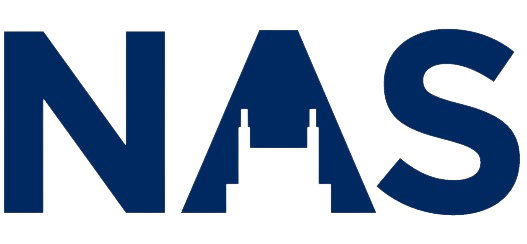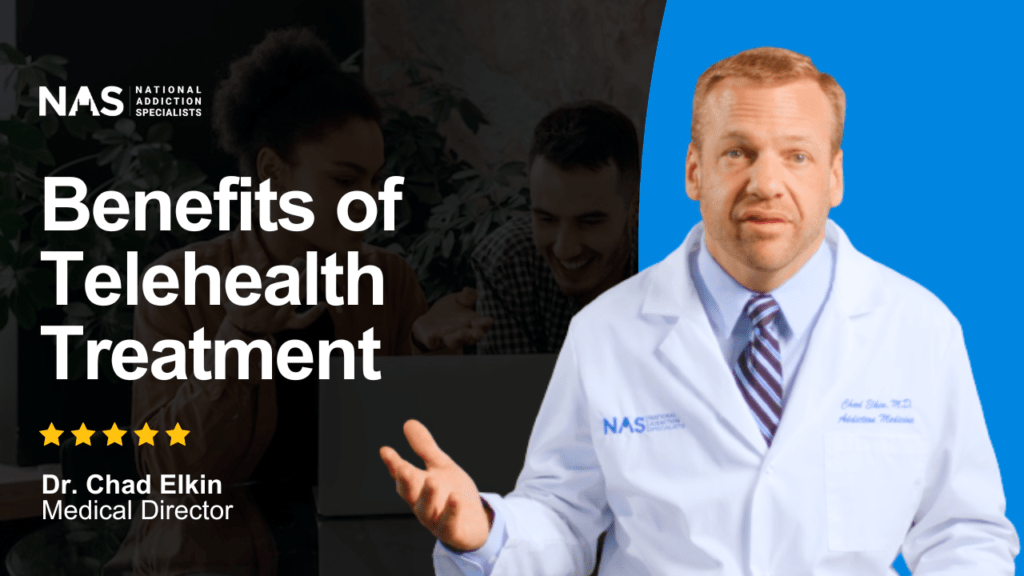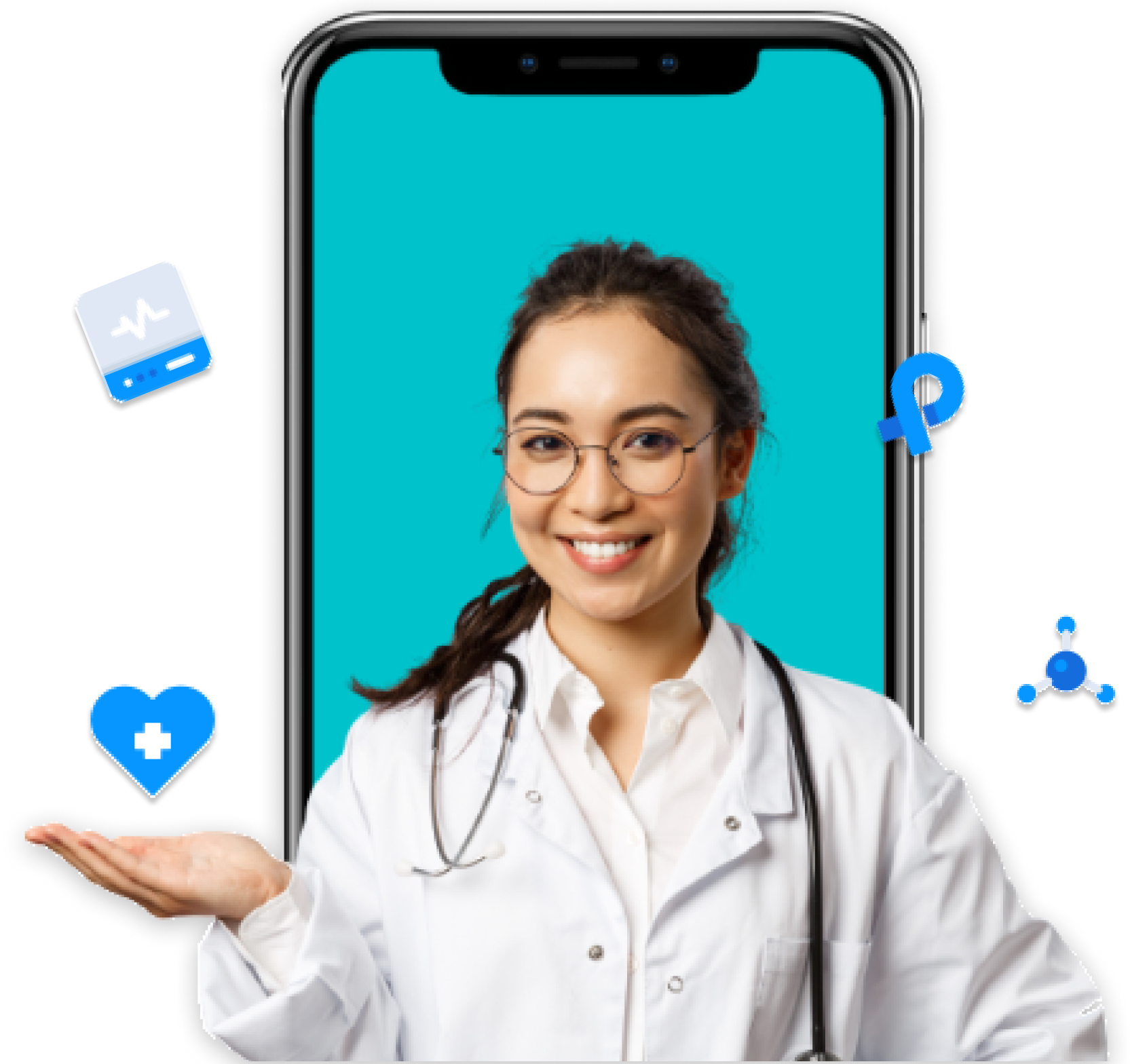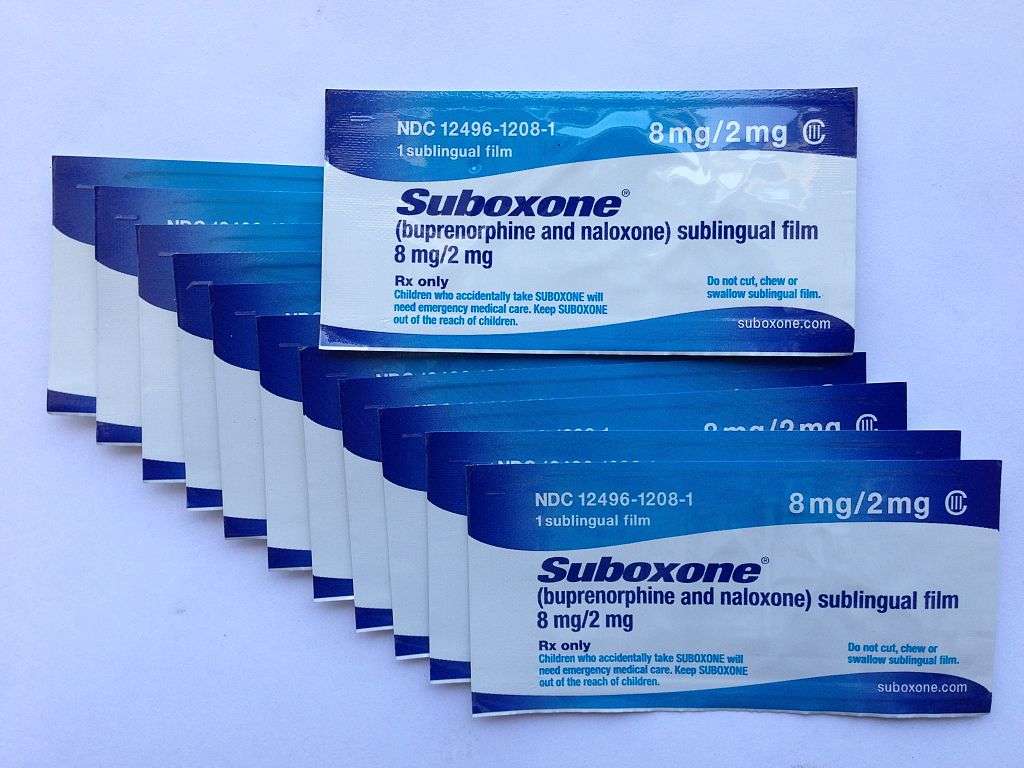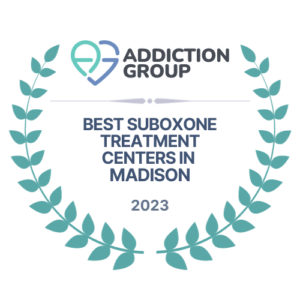

Finding reliable sources of information in the areas of drug abuse and drug addiction treatment can sometimes present a challenge, as there’s just so much out there. Thankfully, valuable resources are also abundant.
One prime example is The Substance Abuse and Mental Health Services Administration (SAMHSA), which was established by Congress in 1992 to increase access to related information, services, and research. It falls under the U.S. Department of Health and Human Services with the greater goal of improving national behavioral health. SAMSHA seeks to reduce the burden on American communities from mental health and substance use disorders, which are often inter-related and feed on each other.
Drug Addiction Resources
Accordingly, SAMHSA maintains a website filled with educational literature, statistical data, and additional resources for providers, patients, and interested community members. Part of the SAMHSA mission includes “leading public health and service delivery efforts… to prevent substance abuse and provide treatments and supports to foster recovery while ensuring equitable access and better outcomes.”


Prevention is a Pillar in Limiting Drug Abuse
SAMHSA seeks first to create communities that promote emotional health and minimize the conditions that contribute to mental illness and substance use initiation. These efforts include improved access to health care, general public safety, and a functional criminal justice system, and they recognize the intrinsic value of the various community associations fighting these battles, helping creating environments that will limit substance use and improve overall health.
Diseases of the Mind
It makes perfect sense that SAMHSA is an organization dedicated to improving care in the areas of both mental health and substance abuse. They champion a “whole-patient” approach to treatment, considering addiction to be fundamentally a neurological disease, a chronic but treatable medical condition driven by complex interactions of brain circuitry, genetics, environment, and life experiences.[1] People with substance use disorders often have other mental health disorders, including anxiety disorders, depression, attention-deficit hyperactivity disorder, bipolar disorder, personality disorders, and schizophrenia.[2] One study found that 43 percent of people undergoing substance use disorder treatment for nonmedical use of prescription painkillers also had coincident mental health disorders.[3] Persons experiencing these mental health conditions may use drugs and alcohol as a form of self-medication, which can often lead to worsening symptoms, and substance use has also been shown to contribute to the development of mental disorders.[4] There is heightened concern for youths with developing brain circuitry, as impulse control develops both during and beyond adolescence.
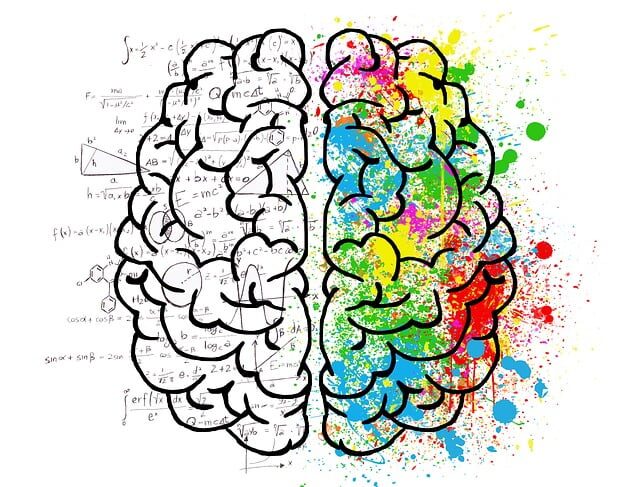

Harm Reduction Helps
Harm reduction is an approach that recognizes the current reality of drug use and other unhealthy behaviors. Unlike efforts that would criminalize and stigmatize drug use, the aim of harm reduction is to minimize the negative health and social consequences associated with drug use and to reduce the risks associated with these behaviors. SAMHSA recognizes harm reduction as a valuable component of a public health strategy and acknowledges its potential to engage individuals in care and reduce the risk of adverse outcomes.
With regard to drug use, this may include needle exchange programs to limit the spread of bloodborne pathogens, such as HIV and hepatitis C. Sterile needles and syringes are provided in these programs. SAMHSA also supports the distribution of naloxone (NARCAN) within communities so it can be readily available for the emergency treatment of opioid overdose. Studies have shown that communities experience up to 46 percent reduction in opioid overdose mortality when more than 100 out of 100,000 people who are likely to observe or experience an overdose are enrolled in a naloxone education and distribution program.[5] These harm reduction efforts can also include the use of fentanyl test strips and additional drug checking sites to assess substance purity and help limit the use of unintended substances.


Substance Abuse Treatment — Opioid Use Disorder Treatment
SAMHSA has established a National Practice Guideline for the Treatment of Opioid Use Disorder. This document, last updated in 2020, includes evidence-based recommendations for clinicians, health system administrators, criminal justice system administrators, and policymakers to improve outcomes for persons experiencing opioid use disorder. SAMHSA recognizes the indispensable value of medication-assisted treatment programs that incorporate FDA-approved treatments including methadone, buprenorphine, and naltrexone for dealing with OUD. According to the National Practice Guideline, “opioid withdrawal management on its own, without ongoing pharmacotherapy, is not a treatment method for opioid use disorder and is not recommended.” Instead, they continue, “Ongoing maintenance medication, in combination with psychosocial treatment appropriate for the patient’s needs, is the standard of care for treating opioid use disorder.” These guidelines match the guidance of National Addiction Specialists for substance abuse treatment.
Alcohol Addiction Treatment
In addition to providing resources for substance abuse disorders like OUD, SAMHSA also offers extensive support for individuals struggling with alcohol addiction, a widespread issue that affects millions of people worldwide. It’s a chronic disease characterized by uncontrolled drinking and preoccupation with alcohol. SAMHSA’s resources include information on understanding alcohol addiction, its signs and symptoms, and various treatment options. This includes both inpatient and outpatient programs, support groups, and therapies such as cognitive-behavioral therapy (CBT), motivational enhancement therapy (MET), and family counseling. SAMHSA emphasizes the importance of seeking help and provides a comprehensive directory of treatment facilities for alcohol addiction across the U.S.
Online Drug Treatment
SAMHSA maintains a database of practitioners willing and available to prescribe buprenorphine (Suboxone when formulated in combination with naltrexone) for opioid use disorder. In addition to this option to locate a nearby provider, the COVID-19 epidemic led to relaxed laws around telehealth and online treatment options, including in the area of OUD treatment. Patients are now able to access many of these same services without leaving home, which can be useful for rapidly accessing medication, and making care much more accessible in many rural settings. SAMHSA also maintains a resource for finding treatment facilities for mental and substance use disorders that includes a useful filter to identify a telemedicine/online treatment provider.


Notably, SAMHSA states that “Both office-based and home-based initiation are considered safe and effective when starting buprenorphine treatment.” Additional studies have supported the finding that telehealth services increase patient retention and reduce the likelihood of medically treated overdose.[6]
The value of telehealth services in OUD treatment is also being increasingly recognized at an official level, as the Drug Enforcement Administration in conjunction with the Department of Health and Human Services has extended telemedicine allowance regarding prescription of controlled medicines such as buprenorphine and naltrexone through December 31, 2024.[7]


It’s clear that there remains unmet need to help individuals struggling with substance use disorders. As many as 3 million Americans have had or currently experience OUD [8], whereas approximately 1 in 5 receive medication to treat it. [9]
How Does Medication-Assisted Treatment Work?
Medication-assisted treatment (MAT) is an evidence-based approach that combines FDA-approved medications with counseling and behavioral therapy to treat drug or alcohol dependence disorders. These medications are used to alleviate withdrawal symptoms and stop craving by occupying the opioid receptors without fully activating them, thus preventing euphoria (high) while enabling normal brain and physiological function. The MAT approach has been shown to successfully improve the success rate of long-term recovery, reduce the risk of overdose and relapse, and enhance overall quality of life. Additional benefits include reductions in unplanned pregnancies and the transmission of infectious diseases. Clearly, communities benefit from successful substance use disorder treatment, and this approach is a tried and true strategy that achieves many of the intended goals.
Is Treatment and Recovery Affordable?
If you’re grappling with a substance use disorder, you might be worried about the costs associated with treatment and recovery. The good news is that many health insurance plans, including Medicaid and Medicare, cover Suboxone treatment. This means that the cost of necessary visits and treatments can be significantly reduced or even completely covered. This page provides comprehensive information about insurance coverage and pricing. It’s important to check with your insurance provider to understand what your plan covers, as plans can vary. Additionally, many treatment centers offer sliding scale fees or payment plans for those without insurance or with limited coverage. Remember, investing in your health and recovery is one of the most important steps you can take.
The Role of Telemedicine in Addiction Treatment
The advent of telemedicine has revolutionized the way we approach healthcare, and addiction treatment is no exception. Utilizing online platforms, healthcare providers are now able to reach out to patients in remote areas, breaking down geographical barriers and making treatment more accessible than ever before. This is particularly beneficial for those struggling with addiction, as it allows for immediate access to professional help from the comfort of one’s own home. Telemedicine not only provides a convenient and confidential way to seek help but also ensures that treatment is consistent and uninterrupted.
With the COVID-19 pandemic, telemedicine has become an essential tool in providing healthcare services, including addiction treatment. By leveraging technology, healthcare providers can deliver vital services to those in need, regardless of their location. Whether it’s through online counseling, medication management, or support groups, telemedicine is playing a crucial role in helping individuals overcome addiction and lead healthier lives. This innovative approach to treatment is not only changing the landscape of healthcare but also helping to destigmatize addiction, making it easier for individuals to seek the help they need.
Furthermore, the use of telemedicine in addiction treatment aligns with the current trend towards digital health solutions. This shift towards online healthcare services is expected to continue in the foreseeable future, making telemedicine a vital component in the fight against addiction.
Conclusions
SAMHSA provides a wealth of addiction resources for understanding and treating substance use disorders including OUD. If you are experiencing OUD, please seek help. National Addiction Specialists is available to provide a customized treatment plan including medication and counseling, and it can all be accomplished from the comfort of your home using a phone, tablet, or computer.
Make an Appointment to Treat Addiction
Please don’t hesitate. Make an appointment today.
Addressing several common myths around suboxone treatment.


Medically Reviewed By
Chad D. Elkin, MD, FASAM, ABIM, ABPM
Chad D. Elkin, MD, FASAM, ABIM, ABPM, is double board-certified in both Internal Medicine and Addiction Medicine and is a Fellow of the American Society of Addiction Medicine (ASAM). His professional interests focus on social determinants of health, addiction medicine, public education concerning the opioid epidemic, public speaking engagements, and addiction medicine legislative advocacy at the state and national level . He is heavily involved with ASAM with both national and state roles including activity on the Practice Management and Regulatory Affairs Committee (PMRAC), State Advocacy and Legislative Affairs Committee (SALC), and is the Legislative Chairman and President-elect for the Tennessee chapter of ASAM.
Sources:
1) https://www.samhsa.gov/resource/ebp/asam-national-practice-guideline-treatment-opioid-use-disorder
3) Goldner EM, Lusted A, Roerecke M, Rehm J, Fischer B. Prevalence of Axis-1 psychiatric (with focus on depression and anxiety) disorder and symptomatology among non-medical prescription opioid users in substance use treatment: systematic review and meta-analyses. Addict Behav. 2014;39(3):520-531. doi:10.1016/j.addbeh.2013.11.022.
4) Barkus E, Murray RM. Substance use in adolescence and psychosis: clarifying the relationship. Annu Rev Clin Psychol. 2010;6:365-389. doi:10.1146/annurev.clinpsy.121208.131220.
5) https://doi.org/10.1080%2F08897077.2015.1010032
6) https://jamanetwork.com/journals/jamapsychiatry/fullarticle/2795953
8) Azadfard M, Huecker MR, Leaming JM. Opioid Addiction. 2023 Jul 21. In: StatPearls [Internet]. Treasure Island (FL): StatPearls Publishing; 2023 Jan–. PMID: 28846246. https://pubmed.ncbi.nlm.nih.gov/28846246/
9) Jones CM, Han B, Baldwin GT, Einstein EB, Compton WM. Use of Medication for Opioid Use Disorder Among Adults With Past-Year Opioid Use Disorder in the US, 2021. JAMA Netw Open. 2023;6(8):e2327488. doi:10.1001/jamanetworkopen.2023.27488
